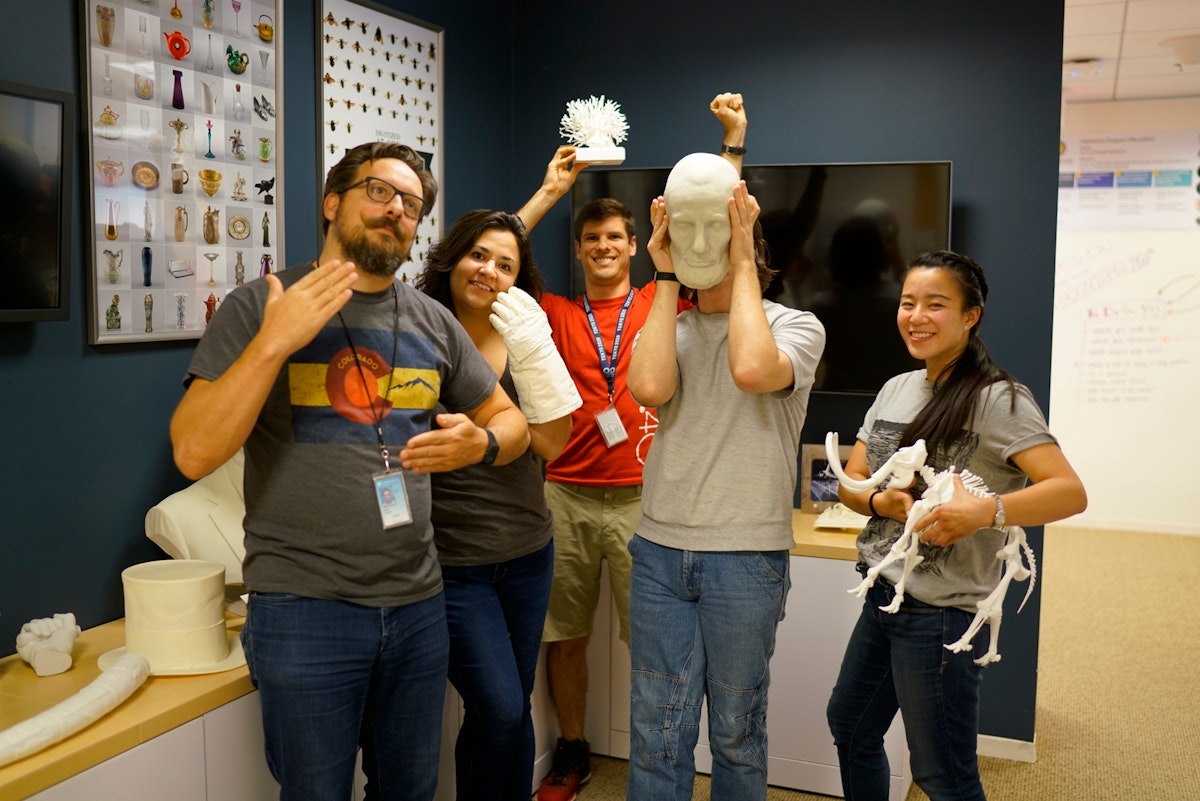Internship Spotlight: Taylor Houlihan at the Smithsonian
Taylor Houlihan (BFA '18) reflects on her summer internship at the Smithsonian Museum's Digitization Programs Office.
An inconspicuous caption on a picture uploaded on Instagram exclaimed at the bottom “If @smithsonian3D sees this please #hireme.” The post itself is of me standing in my senior studio with one of my favorite projects I made in an intro to fabrication course. The picture in question was not posted on my personal or artist platform, rather under the name of @umstamps during my #stampstudenttakeover in late March. I thought the worst outcome was that it would go unnoticed and I could continue innocuously using “#hireme” humorously.
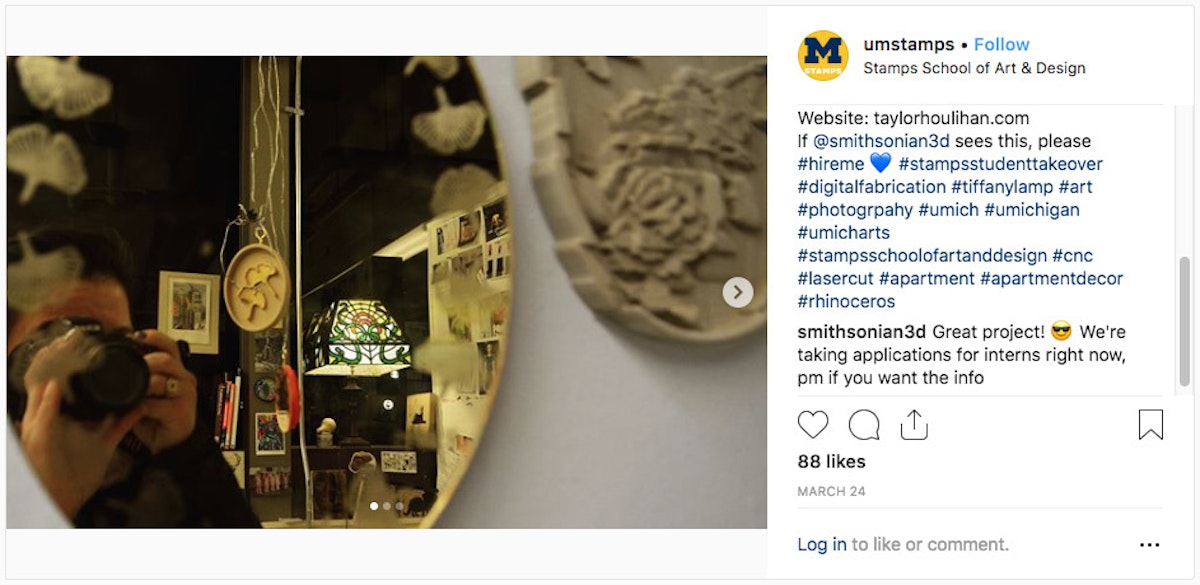
Magically, on the other side of the Smithsonian 3D account was Megan Dattoria (a rockstar as you all will soon find out). We exchanged email addresses through direct messages on Instagram, which led to her forwarding me the internship application for the Digitization Program Office (DPO). I feverishly worked on all the application materials, aware of how competitive paid internships can be in DC. A week before final exams, I got an email from DPO 3D Branch Manager Vince Rossi, congratulating me with the internship.
For any interns who have endured a sweltering DC summer, it’s easy to believe the myth that the city was built over a swamp. As someone we grew up in Miami, FL, the warm blanket of air surrounding the Washington Mall was familiar but lacked the coastal breeze. The department I interned in was a couple of blocks away from the Smithsonian castle and surrounded by food trucks during lunch hour. The DPO works to digitize the Smithsonian’s vast collections spanning over 19 museums and 138 million objects. When you first walk into the DPO office you are greeted by dozens of 3D printed items that the office has scanned, including a bust of former president Obama, a 10x magnified bee, Apollo 11, and several mammoths.
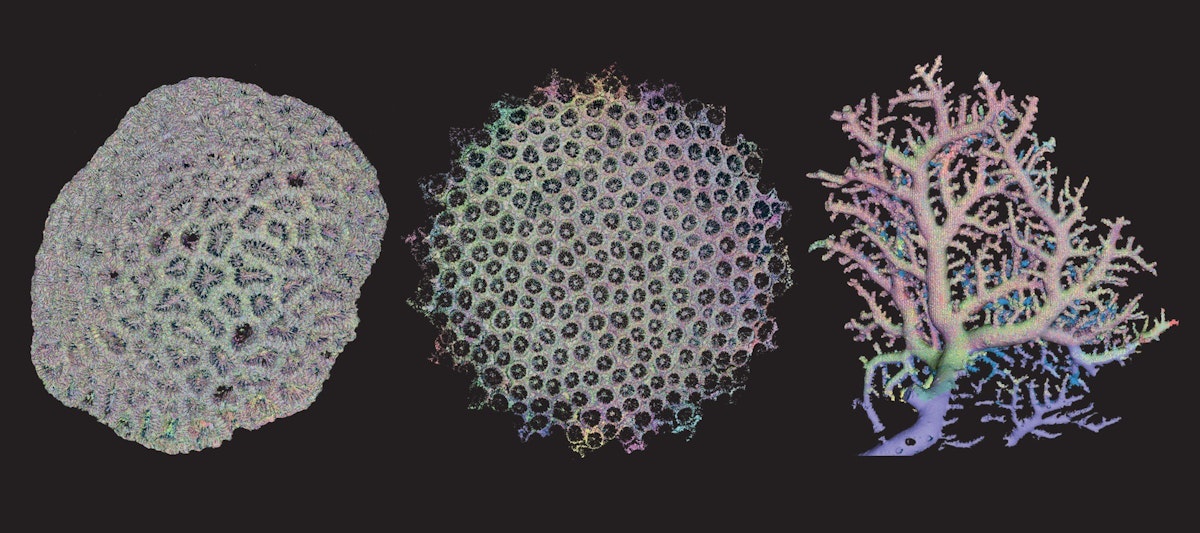
The first major project I worked on was the Smithsonian National Museum of Natural History Coral Pilot Project. The 3D team worked with Collections Manager Tim Coffer to create the pilot project. I was the lead documentation and performed Smartscan support on a structured light scanner. This machine projects a fringe-like pattern on the object, then two attached cameras use that information to produce a high-resolution surface model of roughly one square inch on the surface. The first couple days of the shoot were nerve-racking since the software was acting up and barely reaching the benchmarks for each day. However, over the course of two weeks in the Invertebrate Zoology Department, I 3D scanned twenty corals. The 3D models of the corals will eventually become interactive online experiences to engage the public in reef health and to be used in classrooms.
The second project I worked on was running the photogrammetry station Numismatics Pilot Project on Canon 5DSR. We worked with the incredibly talented women of the numismatics department: Ellen Feingold, Emily Pearce, Hillery York, and Jen Gloede. Over the span of 5 working days, I documented 80 coins via photogrammetry, surpassing the 40-capture goal for the week. My station captured high detail color, and my co-worker used the structured light scanner to capture high accuracy geometry. This combination of photogrammetry (the science of making measurements from photographs) and structured light scanning results in beautifully precise 3D renders. The goal is to improve access to the 1.6 million objects in this incredible collection.
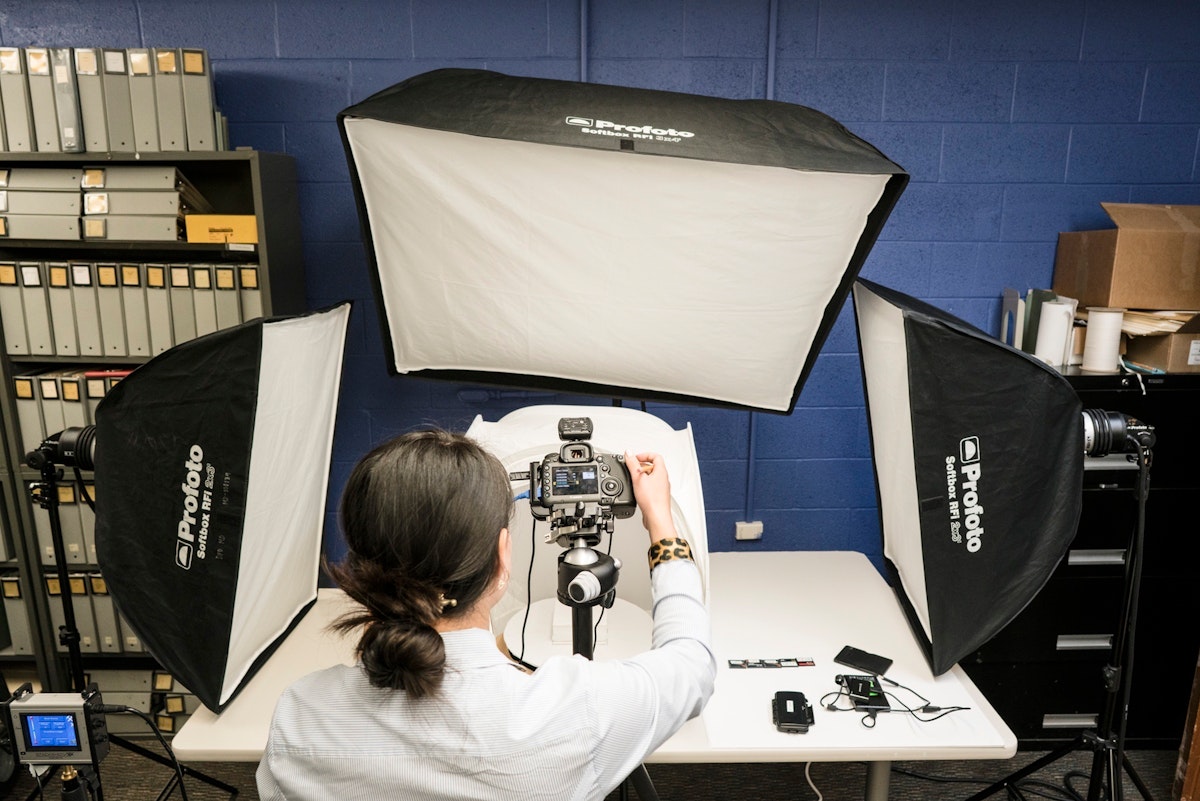
In the last week of my internship, I had the opportunity to help Brian McGarry 3D scan the whole Hazy Air and Space Museum using the Faro 3D scanner to map out the architecture. Coincidently, after I added Brian on LinkedIn, I learned he used to work with my mentor Megan so she pushed me to ask to help him with the project. This machine looks like a little box on a tripod but in only a few minutes, the scanner produces dense point clouds containing millions of points that create immensely detailed 3D color images of large scale geometries. By taking multiple scans at different locations, a cohesive point cloud can provide a copy of the large structure.
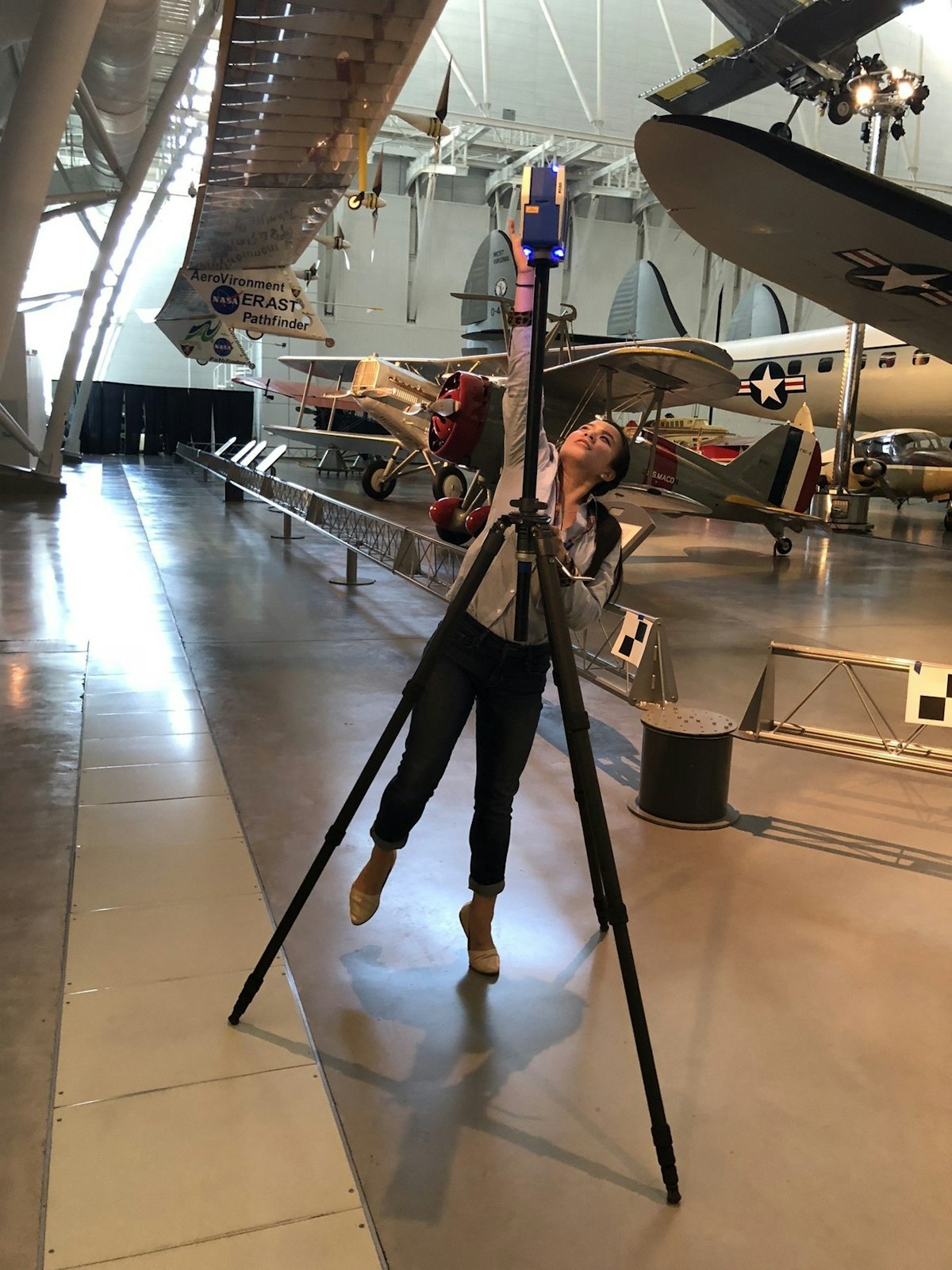
Megan Dattoria has made this internship extraordinary. She not only made me feel a part of the team and trusted me with really expensive equipment, but also helped me move into a different apartment mid-summer and invited me to stay at her place when we had to work in Virginia for a week. Max Anderson, Joe Conrad, and Jon Blundell also shaped my experience monumentally by teaching me new technologies and software. During my internship, I also interned with Xiyue Yang, a Web Design student at Lycoming University, and Asiel Sepulveda, a Smithsonian Latino Center Fellow working on getting his Ph.D at SMU. Whether exploring the photo studio at NMNH with Xiyue or assisting on a secret project at NMAH with Asiel, it was fascinating to see the intricate clockwork behind one of the most esteemed institutions in America.
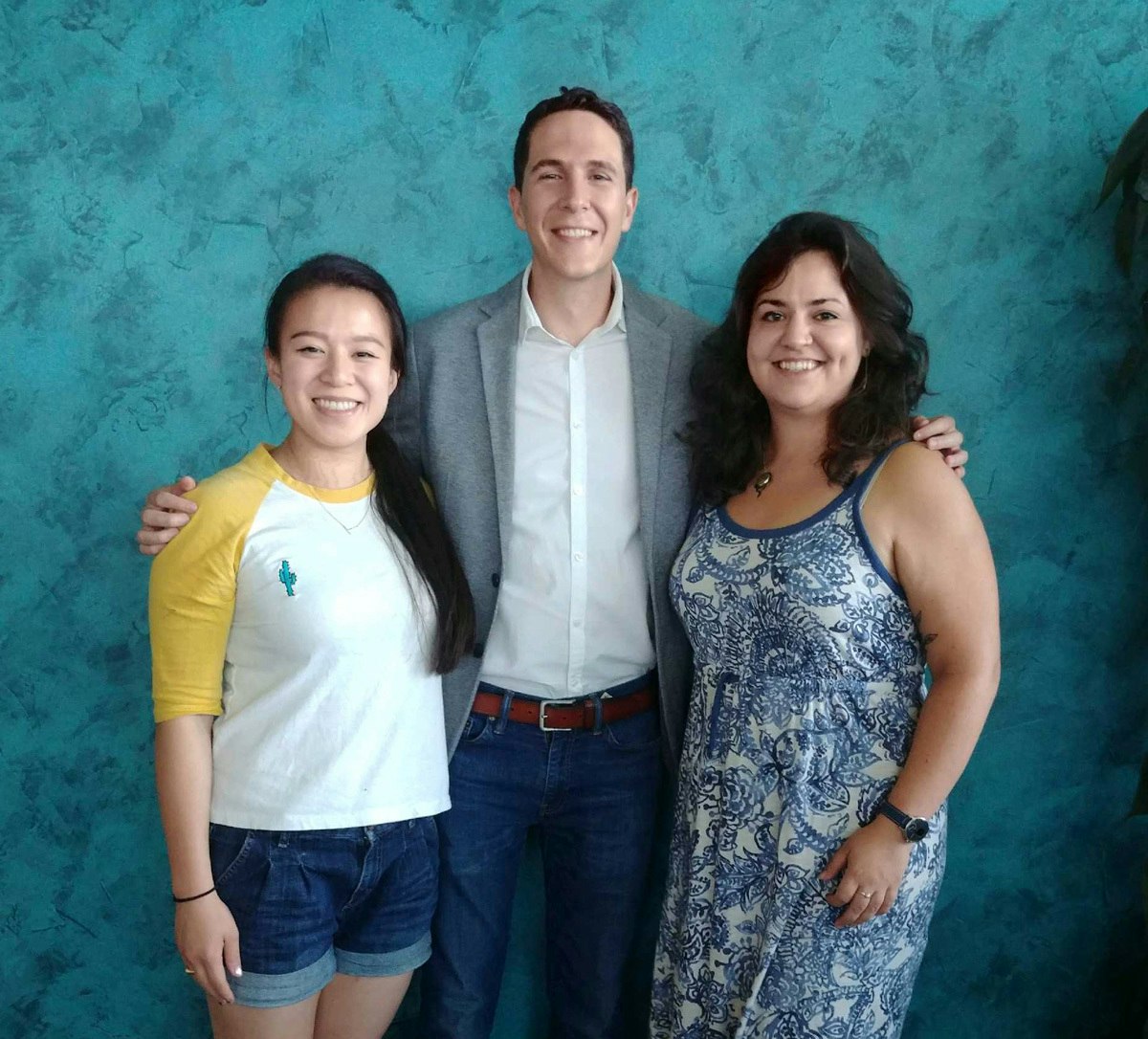
Over the course the internship, I had the opportunity to assist on unbelievable projects with amazing people from a variety of Smithsonian museums. When I wasn’t working on assignments at other museums, I was creating renders of scans, producing graphic design, and preparing social media content. Outside of work, I made it a priority to go to as many museums and events going on in the DC area. I even found Michigan students a gymnastics center in Arlington, VA and enjoyed practicing three times a week. Overall, I was enamored by the energy of the city and I hope to return there soon.
I highly encourage my peers to reach out to companies that are you interested in, even if they are not specifically advertising a position. You might end up having an unforgettable summer in Washington, DC.
